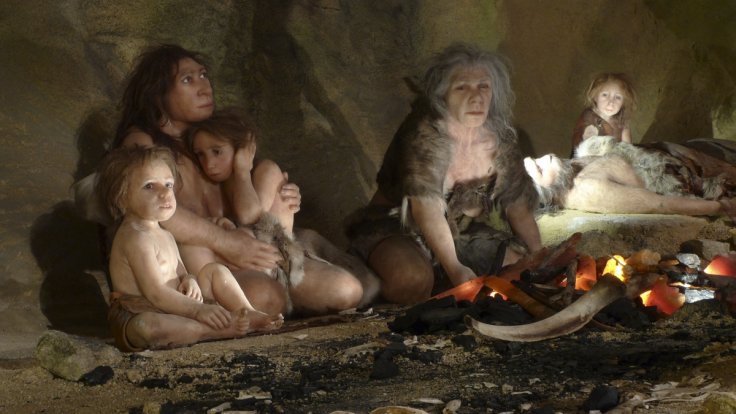Pre-human species Neanderthals were the first who had learnt the art of smiling at the opposite sex partner and making expressive faces to woo and attract them for sex, said a new study. It was an age-old tactic used by the male species to woo the less-aggressive mates.
Researchers from the University of Milan who studied some genetic samples of Neanderthals found that gene mutations might have led humans to "self-select less aggressive mating partners". Eventually, this trait might have led to the "self-domestication" of ancient humans, which happened when the modern humans domesticated themselves after they split from their extinct relatives — Neanderthals — about 600,000 years ago, said the study.

Giuseppe Testa, a molecular biologist from the University of Milan in Italy, who led the team of researchers were able to identify the gene, BAZ1B, which plays crucial role in orchestrating the movements of neural crest cells. Most people carry two copies of this gene.
Based on earlier research by Cedric Boeckx who had found genetic similarities between humans and domesticated animals in genes, the recent study focused on empirical evidence of neural crest cells, which help during the development of vertebrates.

"A mild deficit of neural crest cells has already been hypothesized to be the factor underlying animal domestication. Could it be that humans got a more pro-social cognition and a retracted face relative to other extinct humans in the course of our evolution as a result of changes affecting neural crest cells?" asks Alejandro Andirkó, PhD student at the Department of Catalan Philology and General Linguistics of the UB, who is also part in the study.
To test this relationship, researchers focused on Williams Syndrome disorder, a specific human neurodevelopmental disorder characterized by both craniofacial and cognitive-behavioral traits relevant to domestication. The syndrome is a neurocristopathy: a deficit of a specific cell type during embryogenesis and in this case, neural crest cells.

In this study, researchers from the team led by Giuseppe Testa used in vitro models of Williams syndrome, a specific human neurodevelopmental disorder characterized by both craniofacial and cognitive-behavioral traits relevant to domestication. The syndrome is a neurocristopathy: a deficit of a specific cell type during embryogenesis and in this case, neural crest cells.
Comparison with Neanderthal genomes
Their experiment showed that the BAZ1B gene actually controls neural crest cell behavior. Lower levels of BAZ1B resulted in reduced neural-crest migration, and higher levels produced greater neural-crest migration in their experiment.
Researchers compared this gene in Neanderthal and modern human genomes to understand if neural crest cell genetic networks were affected in human evolution compared to the Neanderthal genomes and found that BAZ1B genetic network is an important reason behind the human face that is so different when compared with the extinct relatives, the Neanderthals.









